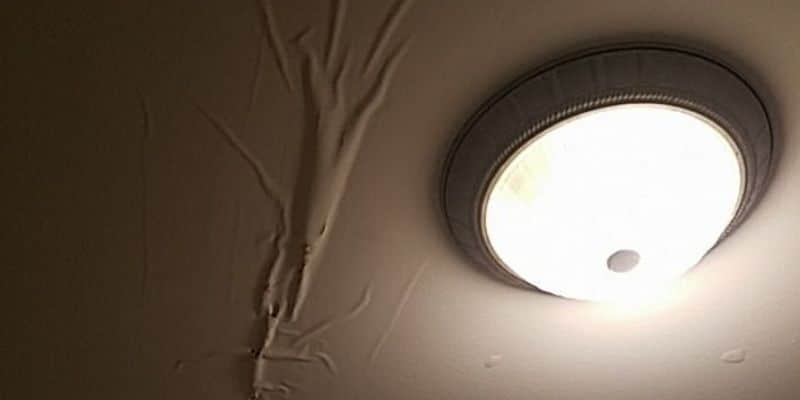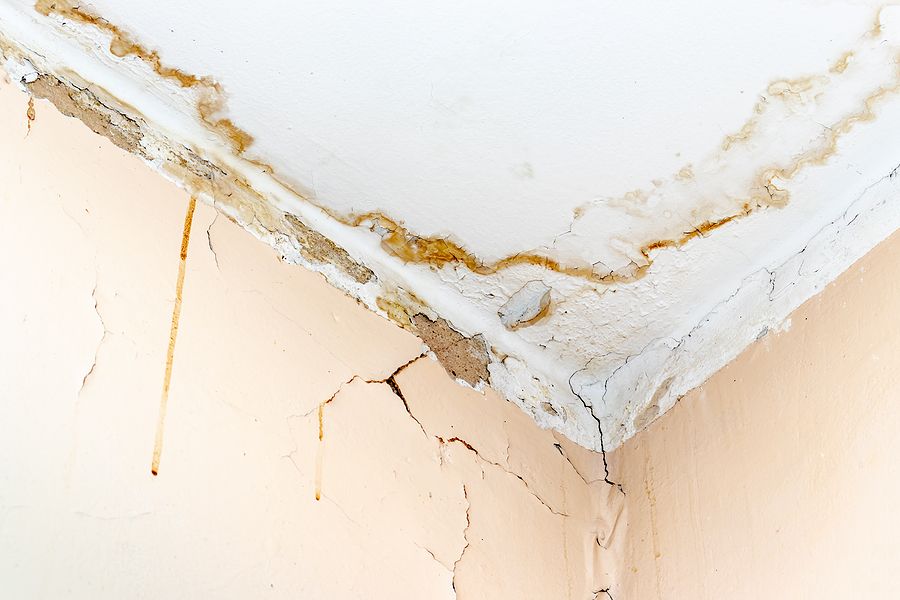Exploring the Primary Causes for Drips in Your Home
Exploring the Primary Causes for Drips in Your Home
Blog Article
Just about every person may have their own way of thinking about How to detect water leaks in your home.

Leaks not only cause waste of water yet can additionally create unnecessary damage to your residence and also promote unwanted natural growth. By understanding and also looking for everyday scenarios that trigger leakages, you can safeguard your residence from future leakages and unnecessary damages.
Instant temperature level changes.
Severe temperature adjustments in our pipes can cause them to broaden and contract all of a sudden. This expansion and tightening might create fractures in the pipes, particularly if the temperature are below freezing. It would certainly be best if you watched on just how your plumbing functions. The presence of the previously pointed out circumstances frequently shows a high threat.
Corroded water supply
As time goes by, your plumbing system ages and rust such as corrosion might begin gnawing the pipes. This could be the source of staining or warping on your pipes. This asks for an examination with your plumber promptly. If our plumbing system is old, think about changing the pipes since they are at a greater danger of rust than the newer models.
Defective Pipe Joints
The factor at which your pipelines connect is often the weakest link in the waterline. Pipeline joints can deteriorate in time, leading to water leakages. The bulk of pipeline joints are not easily noticeable. If you have noisy pipelines that make ticking or banging sounds, particularly when the hot water is activated, your pipeline joints are probably under a great deal of pressure. It is suggested to have your plumber examine your system once a year.
Encroaching origins
Most water leakages begin outside your home as opposed to inside it. If you discover an abrupt decrease in water pressure, state in your faucet, take time to head out and analyze your yard. You could notice wet spots or sinkholes in your yard, which might indicate that tree roots are getting into water lines causing water to leak out. You can have your plumber look for intrusion, especially if you have trees or bushes near your home.
Poor Water Connectors
Sometimes, a leakage can be triggered by loosened hose pipes and also pipes that provide your appliances. More often than not, moving is what creates the loose water Connections. You may find in the case of a washing maker, a hose may spring a leakage as a result of trembling during the spin cycle. In case of a water connections leakage, you might discover water running directly from the supply line or pools around your devices.
Clogged Drains
Obstructed drains might be bothersome and inconveniencing, yet they can often end up causing an overflow resulting in burst pipelines. Keep getting rid of any kind of products that might drop your drains pipes that might obstruct them to stay clear of such aggravations.
All the above are causes of leakages however not all water leaks arise from plumbing leakages; some leaks may originate from roof leaks. All leakages need to be repaired promptly to stay clear of water damage.
Leaks not only cause waste of water however can likewise trigger unneeded damages to your house and also advertise undesirable natural growth. By looking as well as recognizing for everyday circumstances that create leaks, you can safeguard your residence from future leakages and unnecessary damage. Today, we will look at six leakage triggers that might be creating your pipelines to trickle.
At times, a leakage can be caused by loosened tubes as well as pipes that provide your devices. In case of a water links leakage, you may notice water running directly from the supply line or pools around your home appliances.
How To Check For Water Leak In Your Home
How To Check for Leaks
The average household's leaks can account for nearly 10,000 gallons of water wasted every year and ten percent of homes have leaks that waste 90 gallons or more per day. Common types of leaks found in the home are worn toilet flappers, dripping faucets, and other leaking valves. These types of leaks are often easy to fix, requiring only a few tools and hardware that can pay for themselves in water savings. Fixing easily corrected household water leaks can save homeowners about 10 percent on their water bills.
To check for leaks in your home, you first need to determine whether you're wasting water and then identify the source of the leak. Here are some tips for finding leaks:
Take a look at your water usage during a colder month, such as January or February. If a family of four exceeds 12,000 gallons per month, there are serious leaks.
Check your water meter before and after a two-hour period when no water is being used. If the meter changes at all, you probably have a leak.
Identify toilet leaks by placing a drop of food coloring in the toilet tank. If any color shows up in the bowl after 10 minutes, you have a leak. (Be sure to flush immediately after the experiment to avoid staining the tank.)
Examine faucet gaskets and pipe fittings for any water on the outside of the pipe to check for surface leaks.
Undetected water leaks can happen without the home or business owner even realizing. If you suspect a water leak, but not able to find the source. It is time to contact a professional water leak detection service, The Leak Doctor.
How To Find a Water Leak In Your Home
https://www.leakdoctor.com/blog/How-To-Check-For-Water-Leak-In-Your-Home_AE197.html

As a person who reads about How Fast Water Damage Can Ruin Your Home, I think sharing that topic was beneficial. So long as you liked our page kindly do not forget to pass it around. Thanks a lot for your time. Visit us again soon.
Leaks? Ring us! Report this page